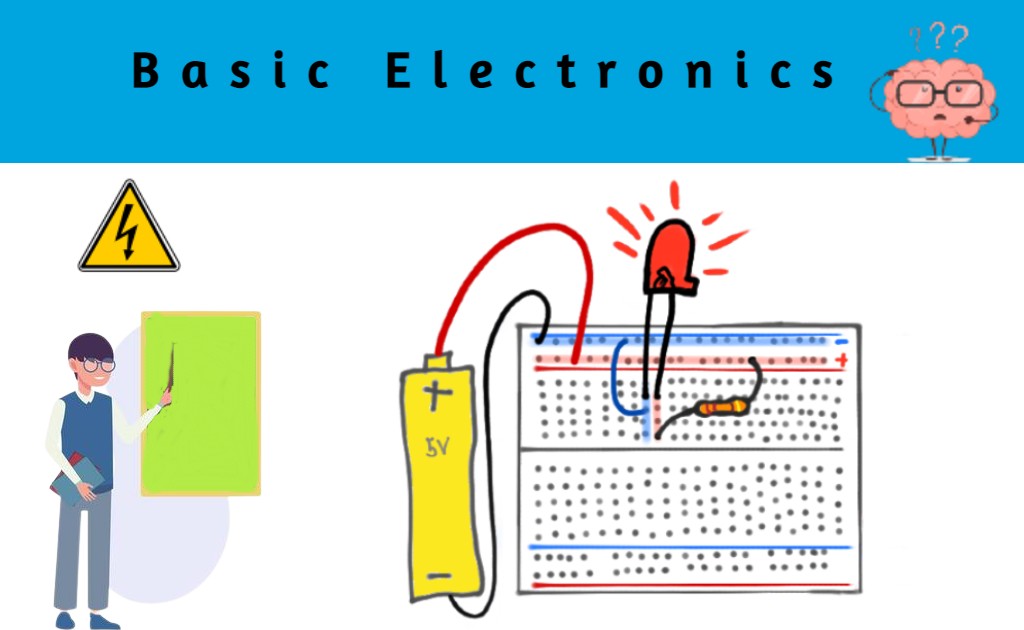Hey, in this article we are going to see the comparison between Industrial, Commercial, and Residential Electrical installation. We will make compare with respect to types, procedure, cost, safety, equipment, and many other essential factors. First of all, let's know what is electrical installation. Electrical installation is a procedure to install electrical circuits, wirings, equipment, and machines. The electrical installation can be divided into three major parts - 1. Installing of electrical equipment or device or machine 2. Make electrical connection or wiring for them 3. Provide them proper voltage and power to operate them. These different types of electrical installation required different types of electricians and management. For example, commercial electrical installation requires commercial electricians, industrial electrical installation requires industrial electricians, and residential electrical installation requires residential electricians. We already published an ...
Basic Electronics ideas that provide the groundwork for today's electrical, electronics, and radio technologies. current, voltage, resistance, and so on Basic Electronics Tutorials and Revision is a free online Electronics Tutorials Resource for Beginners
- What is Current
- What is Voltage
- What is Resistor
- What are transistors and how do they work?
- What is Diode
- Diode All Types
- What is Transistor

Comments
Post a Comment
if you have any doubt comment me I will try to resolve